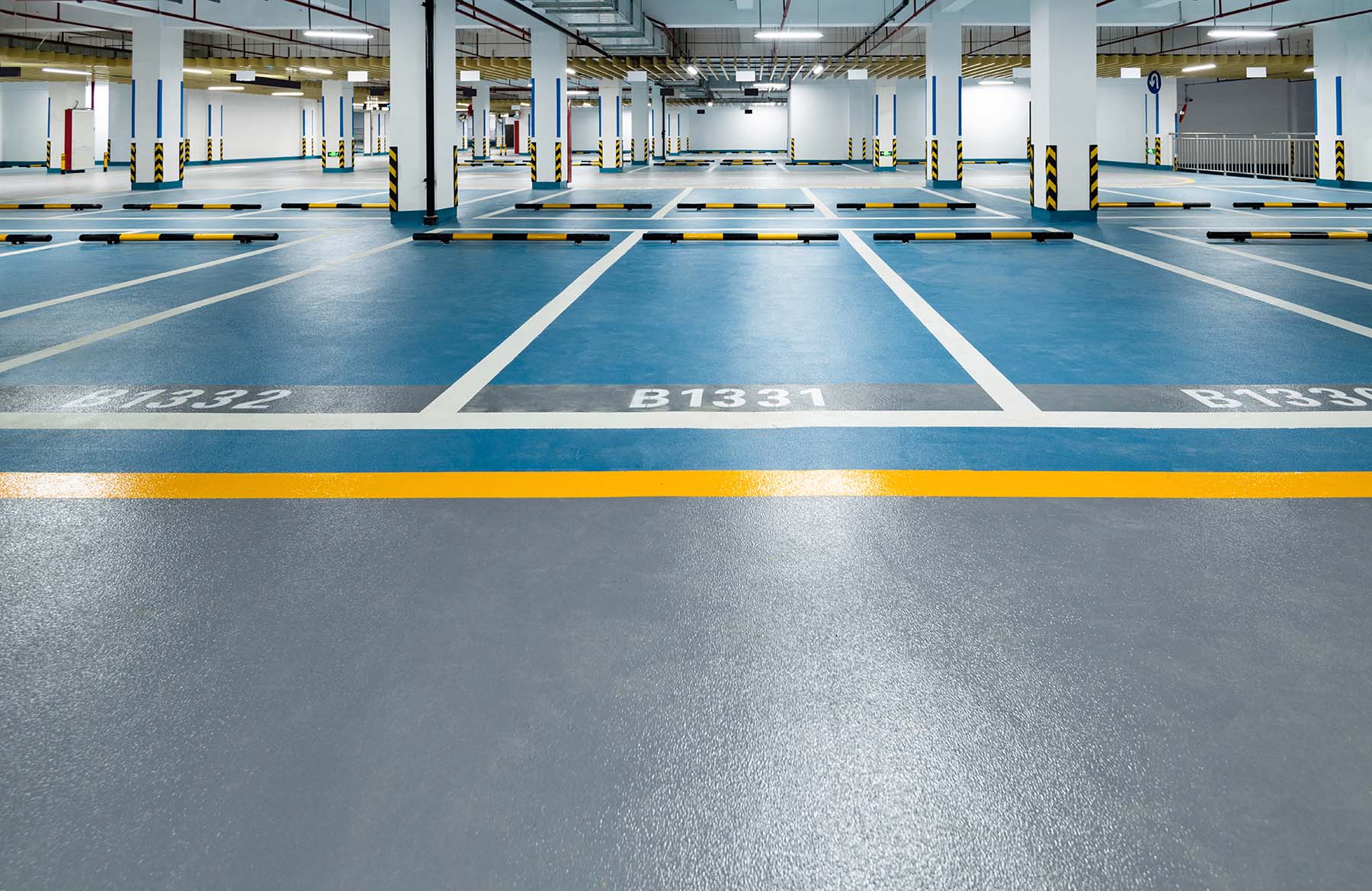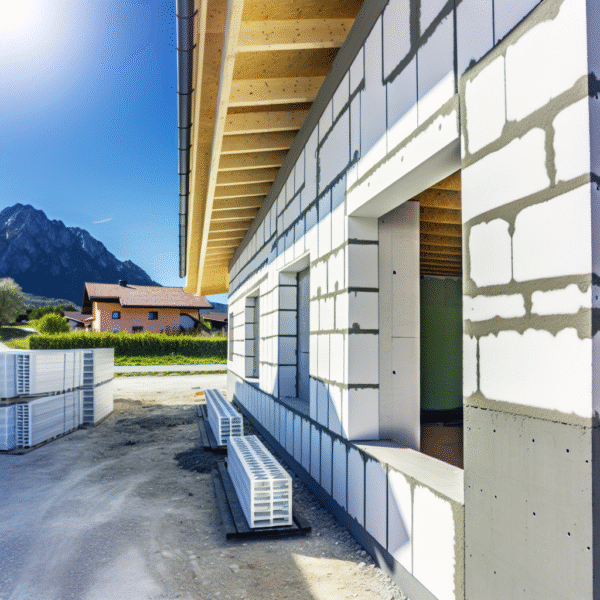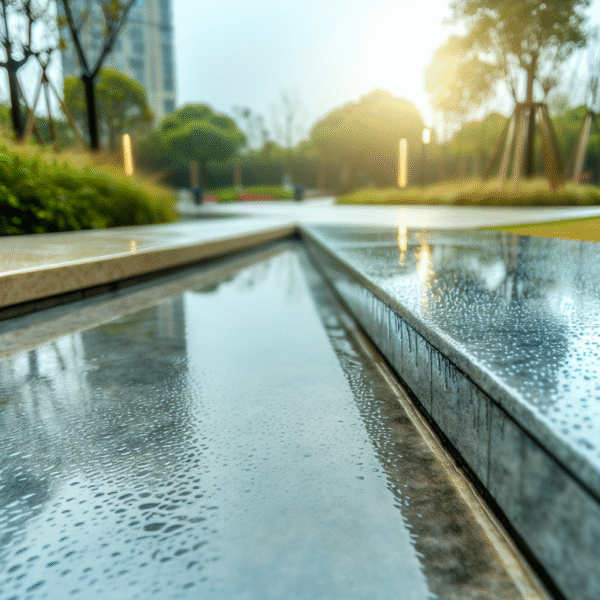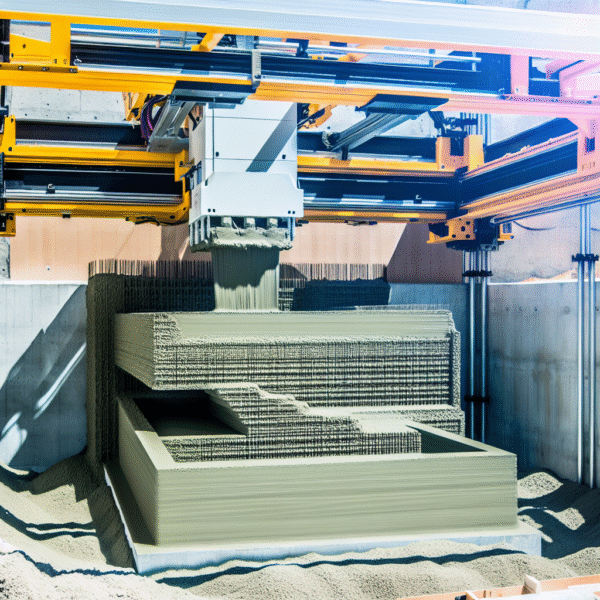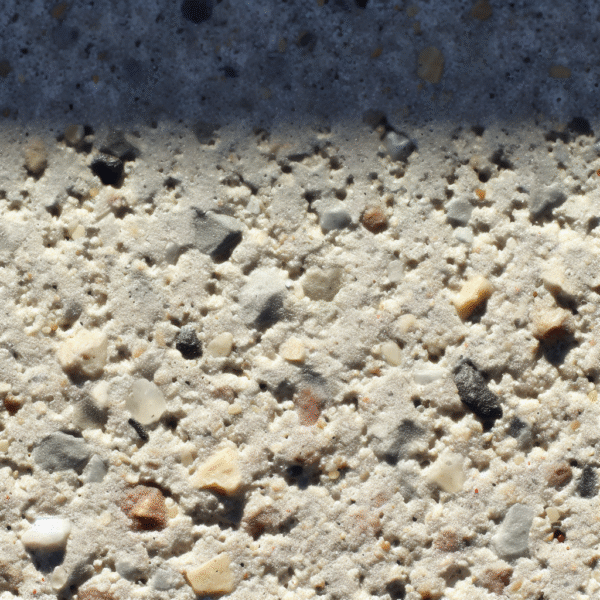Colored concrete is an exciting way to elevate the visual appeal of your concrete surfaces. Whether you’re working on a decorative walkway, a backyard patio, or an indoor floor, concrete coloring opens up a wide range of design possibilities. This technique allows you to create custom, eye-catching surfaces that can transform any space. Let’s explore the various methods and benefits of colored concrete, as well as tips on how to successfully incorporate color into your projects.
Concrete Coloring Techniques: Adding Life to Gray
There are several methods available to add color to concrete, each offering unique benefits depending on the project and desired look.
Integral Coloring:
Integral coloring involves adding pigments directly to the concrete mix during the batching process. This method provides consistent color throughout the concrete, ensuring long-lasting vibrancy and uniformity. It’s an excellent choice for large-scale projects or when you need consistent color in the entire slab.
Surface-Applied Color Hardeners:
This technique uses powdered pigments applied to freshly placed concrete. These color hardeners are troweled into the surface to create vibrant hues. Surface-applied coloring is especially suitable for stamped or textured concrete, providing bold, durable color that enhances the design of the surface.
Concrete Stains:
Unlike pigments that sit on the surface, concrete stains penetrate the concrete and chemically react with the minerals in the slab to create unique, variegated colors. Acid stains give the concrete an earthy, mottled appearance, while water-based stains offer a broader range of color options.
Concrete Dye: Infusing Concrete with Brilliance
Dyes are another effective method to add color to concrete. Unlike stains, concrete dyes provide a more vibrant and uniform finish. Dyes can be used to create brilliant, rich colors that infuse elegance and sophistication into the surface.
Water-Based Dyes:
Water-based dyes are easy to apply, offer a consistent color outcome, and are available in a wide spectrum of colors. They are often used for interior concrete applications due to their clean and safe application.
Solvent-Based Dyes:
These dyes provide deeper, more intense colors than their water-based counterparts. They are typically used for interior concrete surfaces, offering a more vibrant, translucent finish that enhances the aesthetic appeal of polished concrete floors or countertops.
How to Color Concrete: A Step-by-Step Guide
Achieving the perfect color on your concrete surface requires careful preparation and application. Follow these steps to ensure a smooth process and a high-quality result.
Surface Preparation:
Begin by cleaning the concrete surface thoroughly. Remove any debris, dirt, or stains to ensure that the coloring agent will adhere properly and evenly to the surface.
Choosing the Method:
Choose the coloring method that best suits your project needs. Whether you want a consistent, uniform color or a more textured or mottled finish, select the appropriate technique, such as integral coloring, surface-applied hardeners, or concrete stains.
Mixing and Application:
For integral coloring, add the pigment to the concrete mix before it is poured. For surface-applied color hardeners, evenly distribute the powder across the surface and work it in using a trowel. If you’re using concrete stains or dyes, follow the manufacturer’s instructions for application, typically spraying or brushing the product onto the surface.
Sealing and Protection:
After the coloring process, apply a concrete sealer to lock in the color and protect the surface from damage. A sealer will help to preserve the vibrancy of the color while offering protection against wear and weather.
How to Dye Concrete: Infusing Elegance into Your Surfaces
Dyeing concrete is an elegant way to achieve translucent, rich color for your floors, countertops, or decorative features. This method is perfect for creating a high-end, polished look.
Surface Preparation:
Thoroughly clean the concrete to remove any dirt, oils, or other contaminants that may interfere with the dye application.
Choosing the Dye:
Select a dye that matches your desired color and works best with the type of concrete surface you’re working with. Whether you want a subtle tone or a deep, intense color, choose the right dye for your project.
Application:
Apply the dye according to the manufacturer’s instructions, typically spraying or brushing it onto the surface. Allow the dye to penetrate the concrete and create a rich, translucent finish.
Sealing and Maintenance:
Once the dye has been applied and dried, seal the concrete to protect the color and extend its lifespan. Regular maintenance, including periodic resealing, will keep the dyed concrete looking fresh and vibrant for years.
Final Thoughts
Colored concrete and concrete dyes offer a range of techniques to transform and enhance your concrete surfaces. Whether you choose integral coloring, surface-applied color hardeners, concrete stains, or dyes, adding color to your project allows for creativity and customization. With the right products and application methods, you can achieve stunning, durable concrete surfaces that not only look beautiful but also stand the test of time.
